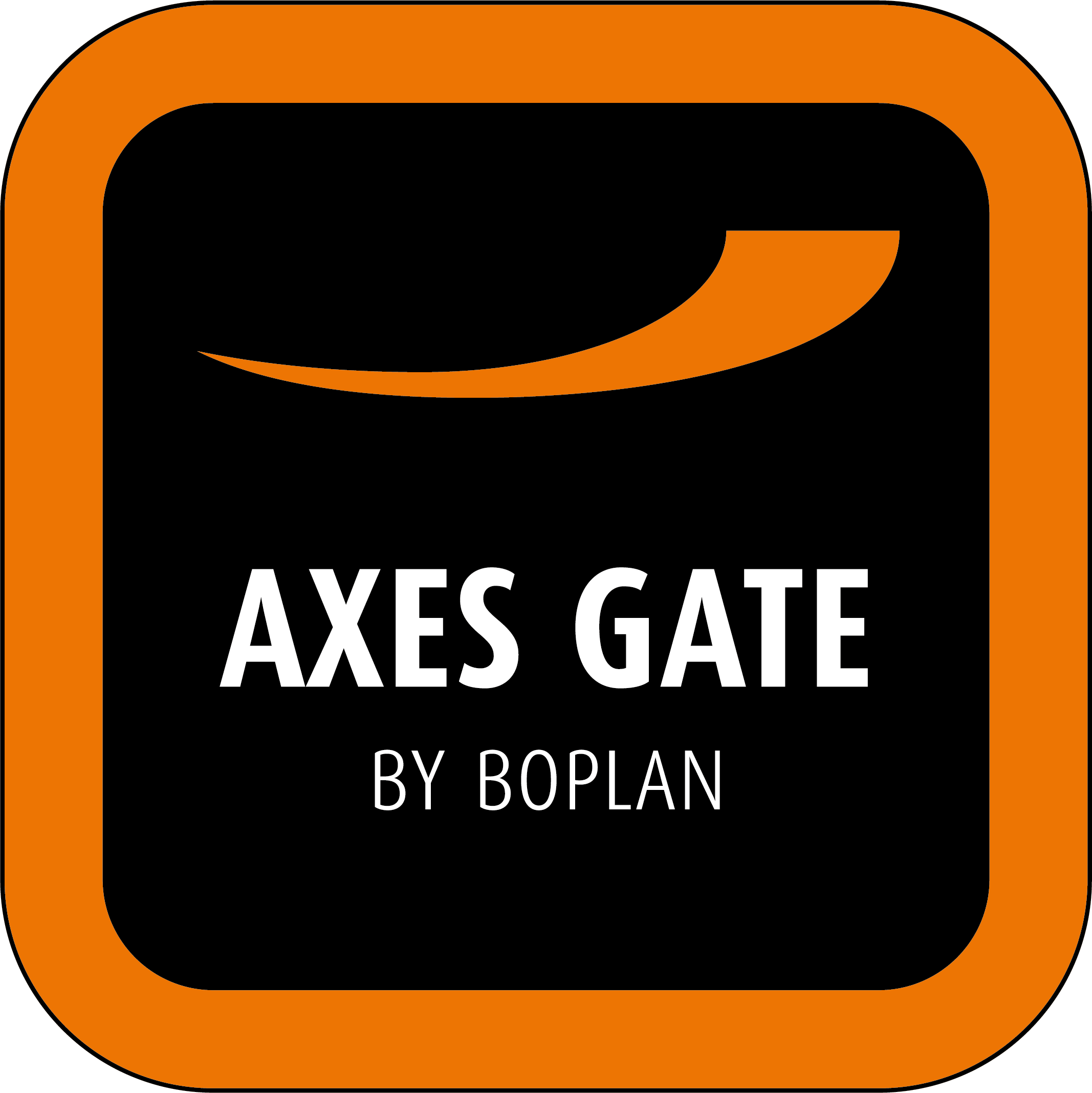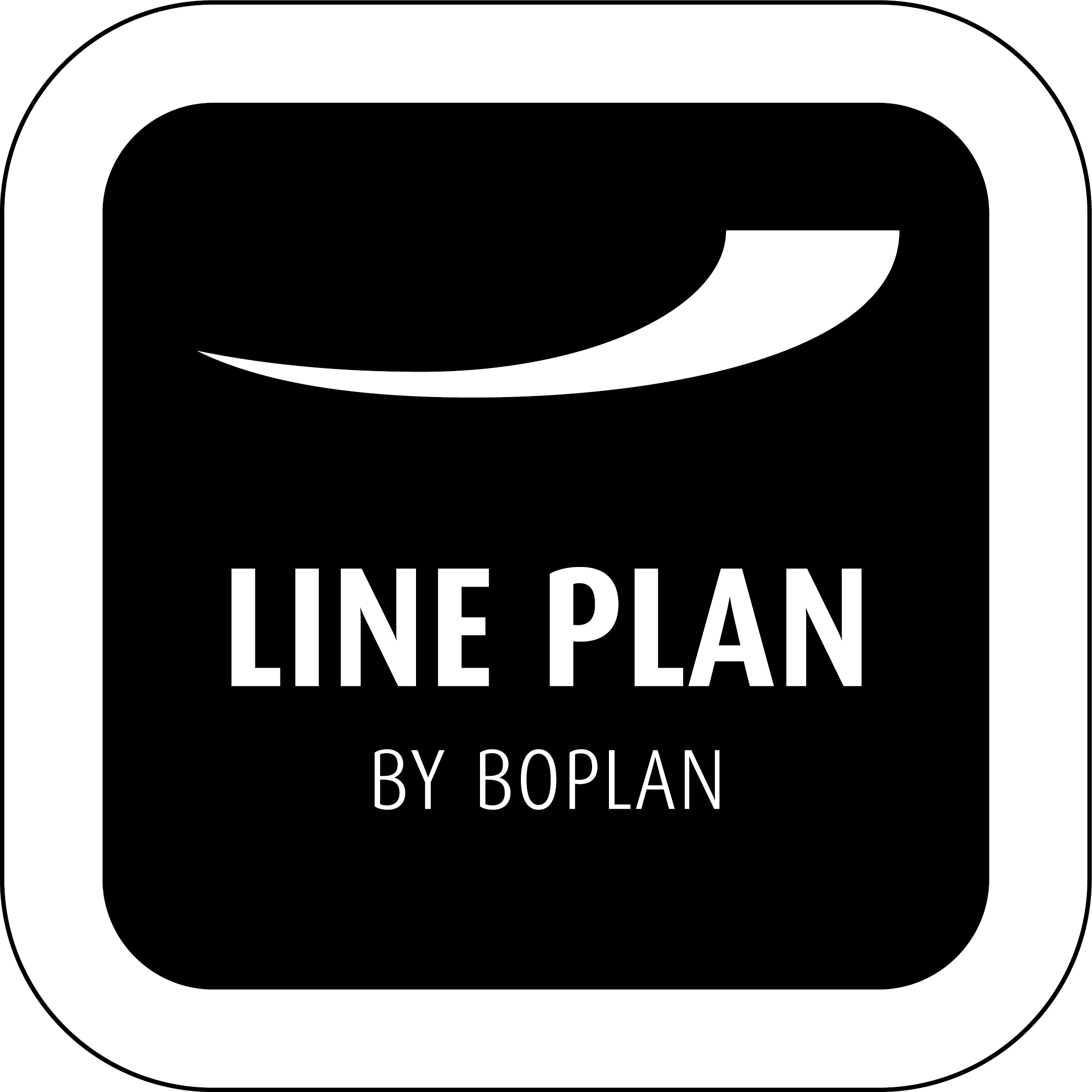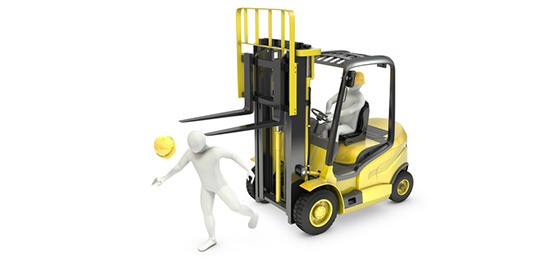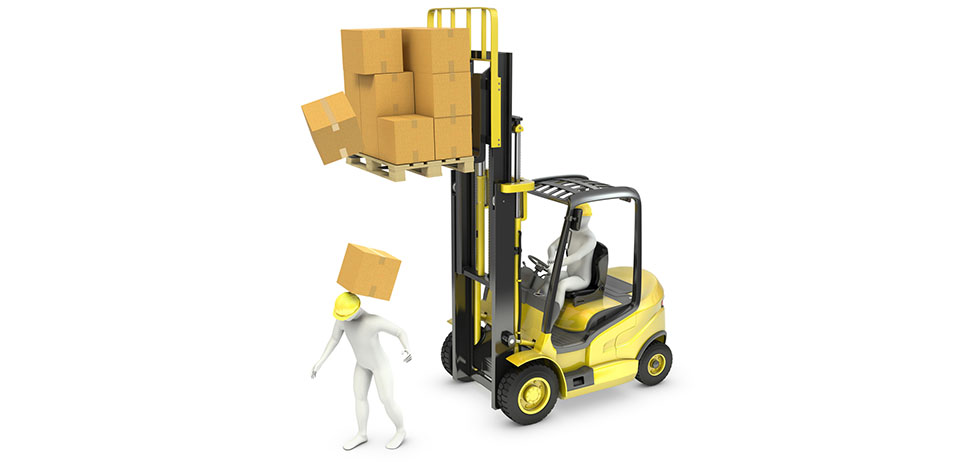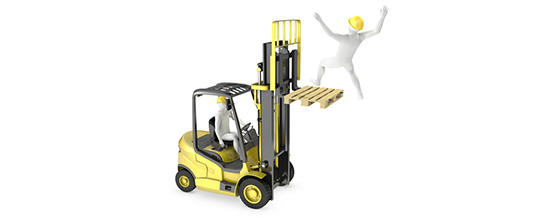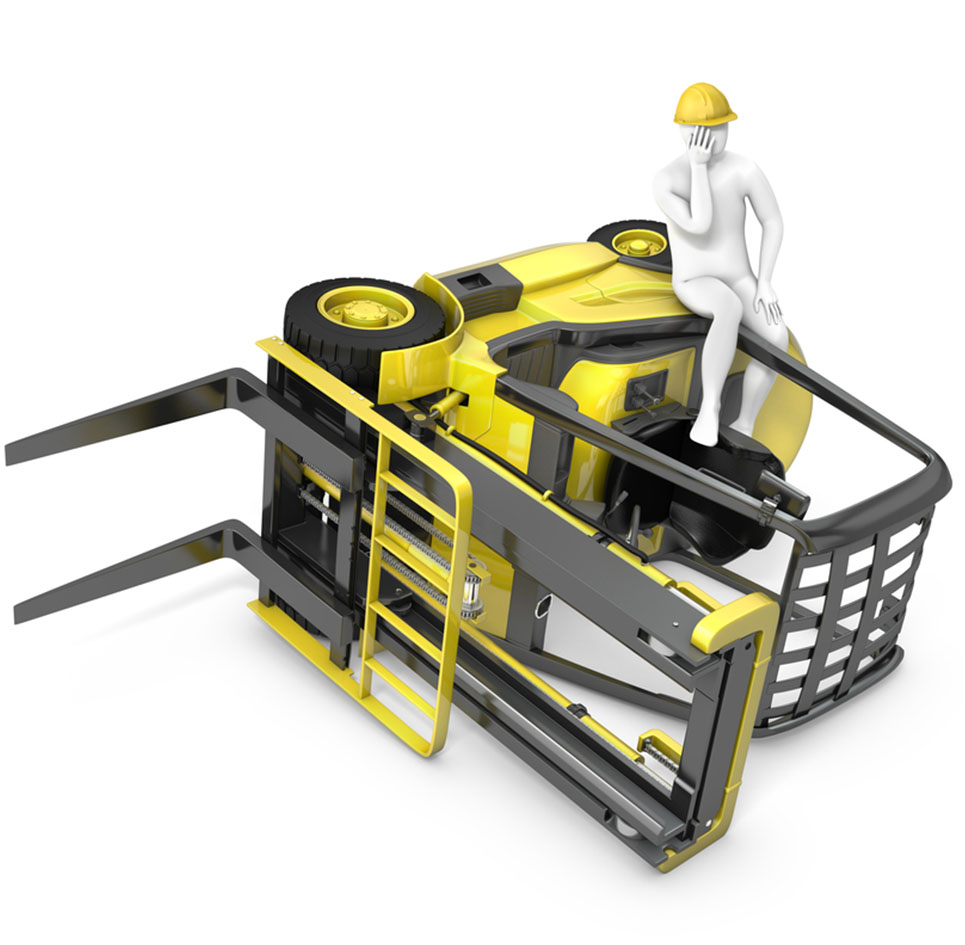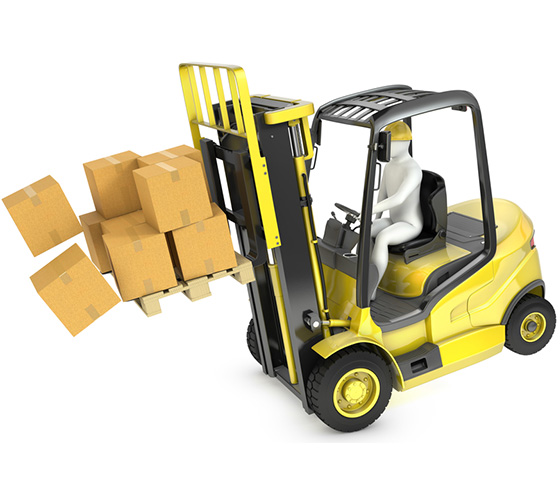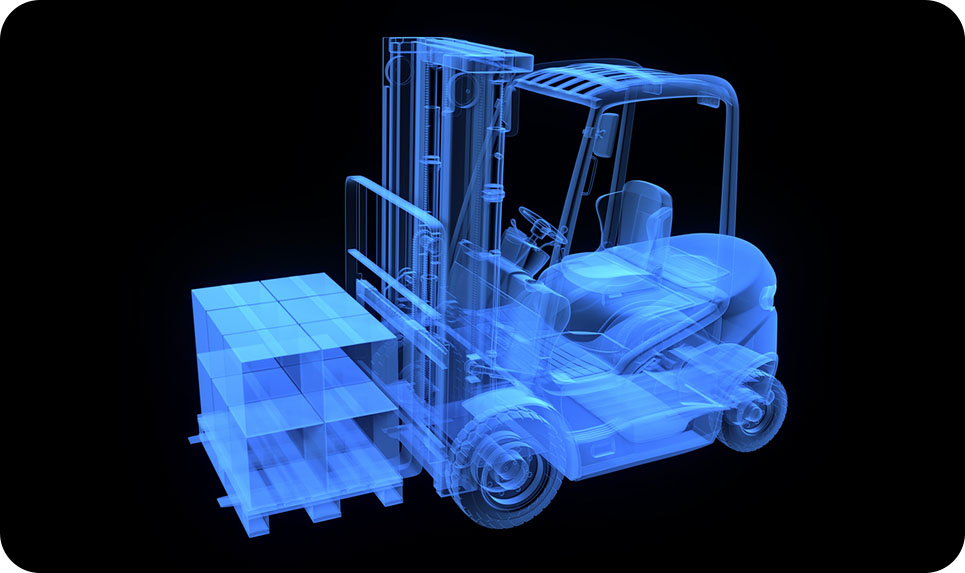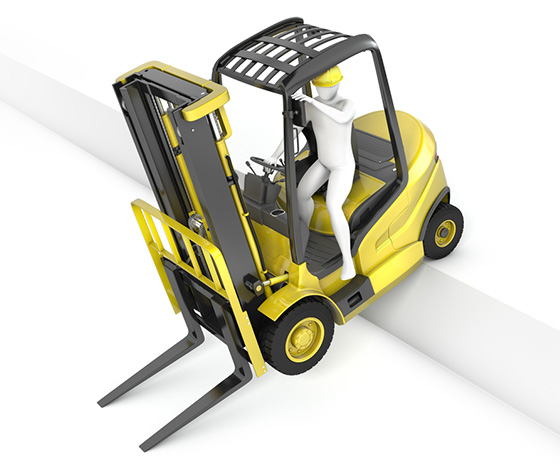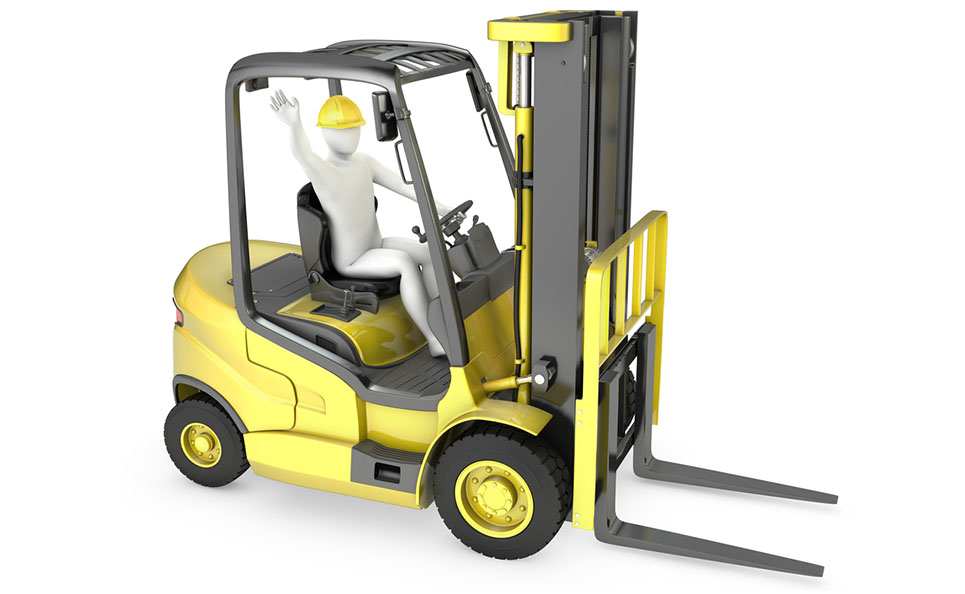Frequency: 7%
If a forklift is on a sloping platform, drives too fast over a speed bump or an uneven surface, or has to swerve suddenly, it can tip sideways. As a result, the driver may be ejected from the cabin or trapped between the forklift body and the ground or a wall (e.g. as a result of trying to jump out of the cabin).
You can eliminate many risks by limiting the maximum speed at the workplace. This is something you can agree on internally, instruct and indicate, but it can happen during stressful moments that the driver might go a bit too fast. If you want to be absolutely sure that the speed remains limited under any circumstances, you can install a speed limiter in the forklift. This forces the driver not to work fast, but to work just that bit more efficiently and safely.
Nowadays, you can also make use of the TruckLog Speed Zoning system. This is a system with infrared technology that automatically adjusts the maximum speed to the conditions in each zone.
Forklift safety equipment
The forklift itself can be fitted with safety belts or safety bars, or you can make sure that a closed cabin is used. Safety belts are the most budget-friendly (and necessary), but also offer the least protection of the three. Moreover, it is tempting to just click the belt in behind the back without putting it on, especially in situations where the operator has to regularly get out of the forklift.
A possible solution to this is the so-called stream belt. This is a belt that is located in front of the entrance to the cabin, so that the clark driver is forced to put it on when entering the cabin.
Door bars provide extra protection for the cabin in the event of an accident with a forklift. A variant to this are swivel bars. These work on the same principle as swinging doors, with the difference that the forklift operator can open them upwards. This ensures that he or she can get on and off the forklift effortlessly, even in narrow spaces.
If you want to make sure you have complete safety, the fully closed cabin is still the most recommended solution. In addition to protection from the weather, dust or dirt, the risk of being trapped during a rollover is minimal. Provided, of course, that the driver actually drives with the cabin closed.
Whichever option you choose, a safety belt is always compulsory, even if there are additional safety features.



